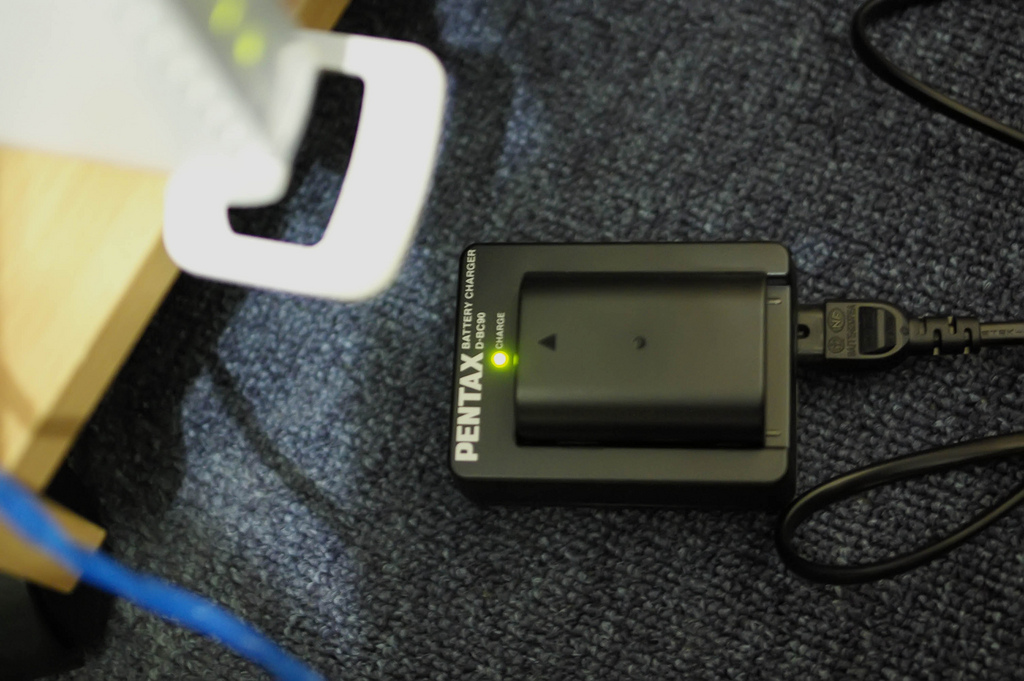How often has your battery drained when you needed it the most. What if you can calculate battery run time beforehand.
Whenever you buy an electronic device one of the important things that you take into consideration is how much charge can the battery hold and for how long. In an ideal situation you would want a battery that has never got to be recharged. Unfortunately till they come up with something like that you have to do with what is available.
How much charge can a battery hold and for how long depends on many things. Like the type of material it is made of or the size of the battery or whether it is made by the original manufacturer or is it a generic one. It also depends on the type of charger used.

Basically mobile phone batteries are of four types.
Lithium polymer (Li Poly) batteries use the newest and advanced technology. They are really lightweight and have a capacity 40% more than a battery made of Nickel Metal Hybrid in the same category. They are lightweight because they do not need a cell casing. These types of batteries are ideal for people who are not very careful with their phones as the batteries are really strong. It can also hold the charge for a very long time and does not get affected by cold conditions. It does not suffer from memory effects.
When batteries are not fully discharged between rechargeable cycles, the battery starts “remembering” the shortened cycle and thus its capacity reduces. This effect is called memory effect or defect.
Another type of lithium battery is the lithium ion battery (Li-Ion). This is again a lightweight battery and has high energy density. It can operate at a higher voltage than any other battery. This is the preferred one for most high end phones as they are expensive and also use fast charging technology. It can be damaged by continuous overcharging.
Nickel Cadmium (NiCd) batteries are what most people are familiar with. They use old technology. On the flip they are really cheap. But, they have the problem of memory effect so unless the battery is completely discharged you should not recharge it. They are also not environment friendly.
Nickel Metal Hybrid batteries (NiMH) claim to be superior to NiCd batteries as they do not use Cadmium. They are environment friendly as they use non toxic material. They have higher capacity than the NiCd ones. They are also prone to memory effect.
The capacity of a battery is measures in Ah or Ampheres or mAh which is milliAmpheres. To calculate the charge of your battery you can use online calculator. But if you want to do it yourself this is how you can. The discharge time of a battery is basically the Ah or mAh rating divided by the current. So, if you have a 2200mAh battery that draws a current of 300mA then 2200/300 gives you an approximate time of 7.3 hours. The charge of the battery depends on the make. For instance for NiMh it will be 10% of the Ah rating.
Another way of calculating discharge of batteries is this formula
Battery Ah x Battery volts/Applied load
So if you have a 100 Ah battery with 12 volts and the applied load is 100 watts then you get (100*12)/100 which come to 12 hours. If you are calculating loss at 40% (depending on the make) then (12*40)/100 will get you approximately 4.8 hours. So your battery will last for 4.8 hours. Now for charging if your 100Ah battery requires 10A current then 100/10 will give you 10 hours which means it will take 10 hours to recharge.
Read More:
Increase USB Flash Drive Write Speed
How to make a USB Keylogger Autorun?

